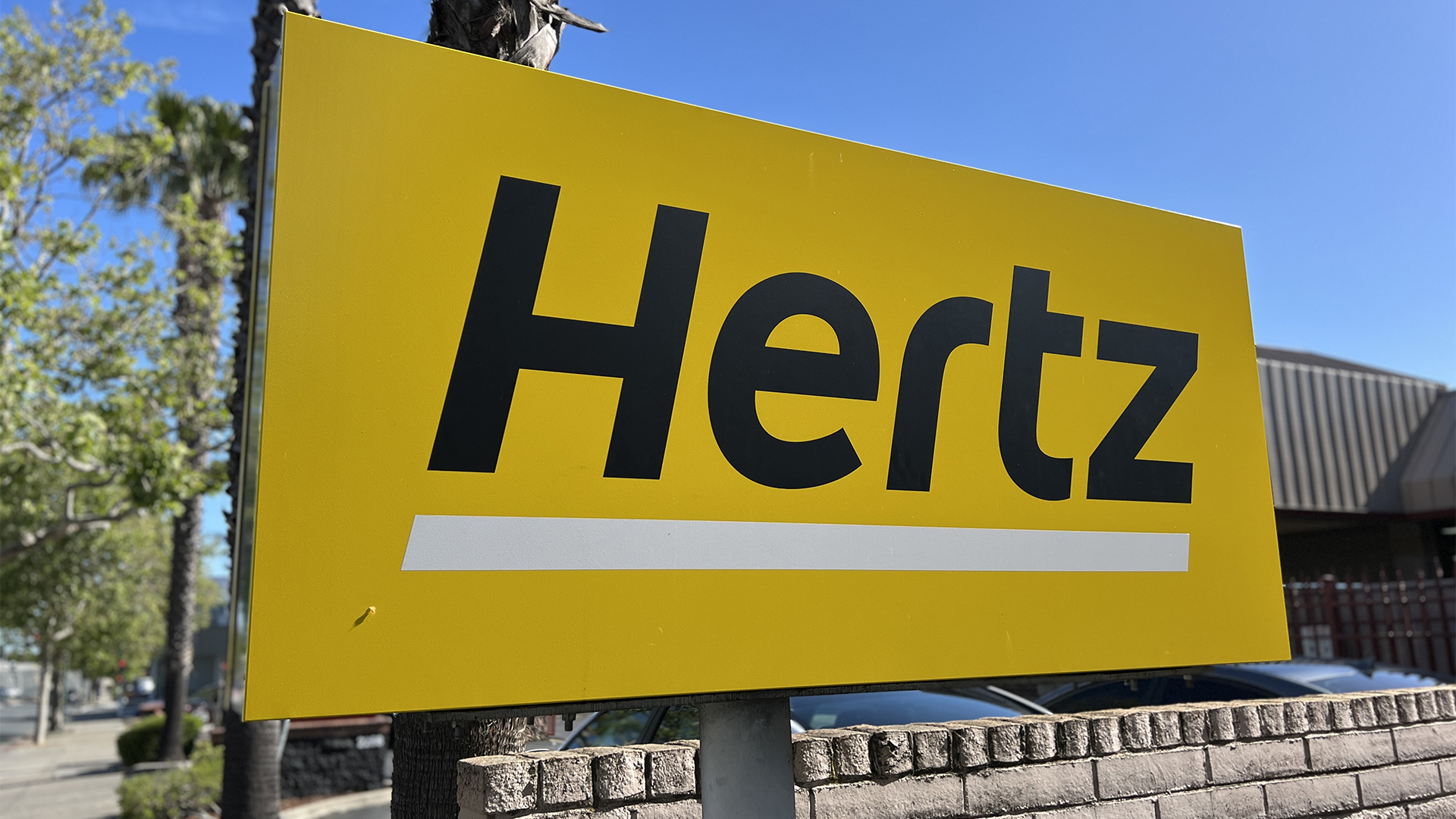Lamborghini moves to cloud to accelerate scalability
When supercar manufacturer wanted to boost its IT infrastructure, it turned to cloud


Lamborghini has long been the stuff of dreams. Its Diablo was for over a decade the world’s fastest production car with a top speed of over 200 miles per hour.
However, its IT infrastructure was aging and not keeping up with times as fast as its cars.With the need to replace creaking systems, the firm looked to Amazon to moved infrastructure to the cloud.
Lamborghini’s website was hosted on an out-dated infrastructure at the end of its lifecycle. Bandwidth was not optimised and the company recognised that the maintenance costs were no longer sustainable.
Not only was this infrastructure archaic, this was not scalable either. This legacy infrastructure prevented the company from supporting new online initiatives as well as the increasing number of visitors to the website. Simply put; it could not cope.
Lamborghini wanted to be online with an updated website in a very short time. Prior to choosing AWS’ scalable cloud infrastructure, Lamborghini considered three possible situations: an on-premise datacentre, a traditional hosting provider, or the cloud.Buying and running their own web servers was thought too costly and using a local datacentre raised apprehensions over scalability.
Flexibility and scalability
In the end, the cloud was chosen as the most feasible selection for its scalability, flexibility, and cost savings. Of the available platforms, Lamborghini chose Amazon, naming analyst recommendations as a main reason to go with the IaaS provider.
Get the ITPro daily newsletter
Sign up today and you will receive a free copy of our Future Focus 2025 report - the leading guidance on AI, cybersecurity and other IT challenges as per 700+ senior executives
The self-service approach offered by AWS meant that Lamborghini could quickly design and implement a new architecture that could scale to meet workload requests.
The company used a panoply of different Amazon services including Elastic LoadBalancing (ELB), Amazon Elastic Compute Cloud (Amazon EC2), AmazonRelational Database Service (Amazon RDS), Amazon Simple Storage Service(Amazon S3), Amazon CloudFront, and Amazon CloudWatch.
CloudWatch provides monitoring for AWS cloud resources and the applications customers run on AWS. It collects and track metrics, gains insight, and reactimmediately to keep applications and businesses running smoothly. The site is integrated with TYPO3 on a LAMP (Linux, Apache, MySQL, PHP)infrastructure.
Lamborghini found that AWS provided all the tools it needed to build a highly available, secure, and scalable infrastructure, and used the AWS ArchitectureCenter for implementation guidance and best practices.
The AWS Architecture Centre provides companies with reference guides and datasheets in order that thosecompanies can build infrastructure that takes full advantage of the AWS cloud. It also offers a technical overview of all AWS services.
The development and test environment only took Lamborghini a couple of days toprepare and set up. And in less than a month later, the supercar manufacturer’s website went live and was able to support peak traffic.
The company noted a 250 percent increase in visitor numbers, which was related to a new product launch, a one-of-a-kind Aventador J received worldwide acclaim when presented at the Geneva MotorShow.
With the website fuelling interest in the car, the automobile was later sold to one lucky customer.
Roberto Ciacci, digital marketing manager at Automobili Lamborghini, said the company had benefitted hugely from using AWS to host its new website.“We reduced the cost of our infrastructure by 50 per cent, while at the same time, achieving better performance and scalability. Today our time-to-market is close to zero,” he says.
Following the successful relaunch of the website using the cloud to ensure uptime andscalability, the car maker is planning to use Amazon Cloud Front for dynamic content and Amazon Route 53 to improve DNS readability.
Cloud Front gives developers and businesses an easy way to distribute content to endusers with low latency and high data transfer speeds. Amazon Route 53 connects user requests to infrastructure running in Amazon Web Services (AWS) – such as an Amazon Elastic Compute Cloud (Amazon EC2) instance, an Amazon Elastic LoadBalancer, or an Amazon Simple Storage Service (Amazon S3) bucket – and can also be used to route users to infrastructure outside of AWS.
The company wants to take its relationship with Amazon a lot fiurth is also considering the use of Adobe Flash Media Server running on AWS. This would allow the company to stream video to many devices beyond thedesktop to include mobile devices running Android and iOS. Such use would be run in conjunction with Amazon CloudFront as the company looks to keep its infrastructure as the same performance levels as the cars it sells.
Rene Millman is a freelance writer and broadcaster who covers cybersecurity, AI, IoT, and the cloud. He also works as a contributing analyst at GigaOm and has previously worked as an analyst for Gartner covering the infrastructure market. He has made numerous television appearances to give his views and expertise on technology trends and companies that affect and shape our lives. You can follow Rene Millman on Twitter.
-
 Cleo attack victim list grows as Hertz confirms customer data stolen
Cleo attack victim list grows as Hertz confirms customer data stolenNews Hertz has confirmed it suffered a data breach as a result of the Cleo zero-day vulnerability in late 2024, with the car rental giant warning that customer data was stolen.
By Ross Kelly
-
 Lateral moves in tech: Why leaders should support employee mobility
Lateral moves in tech: Why leaders should support employee mobilityIn-depth Encouraging staff to switch roles can have long-term benefits for skills in the tech sector
By Keri Allan